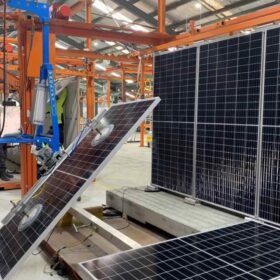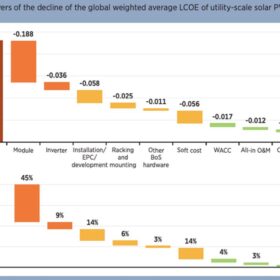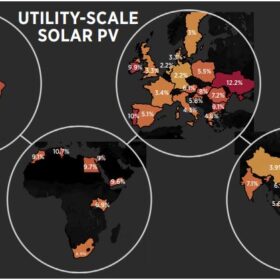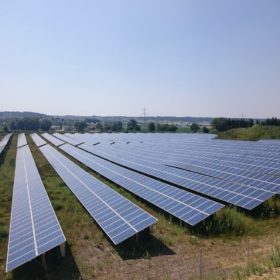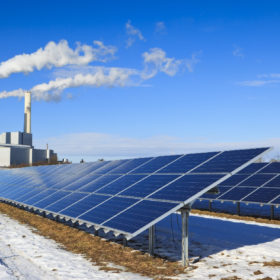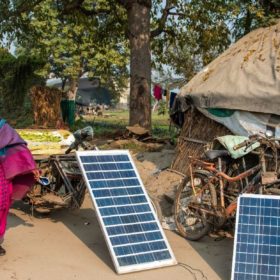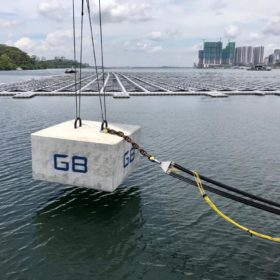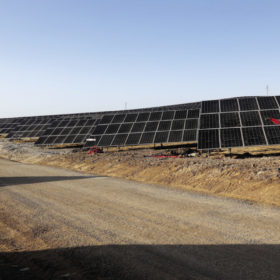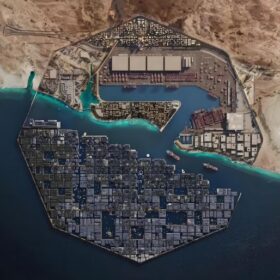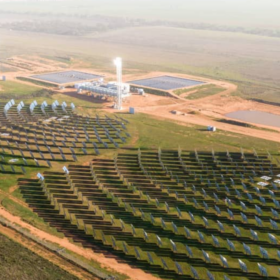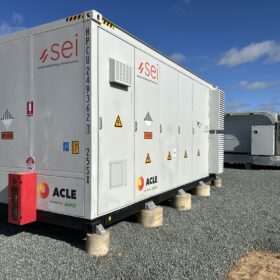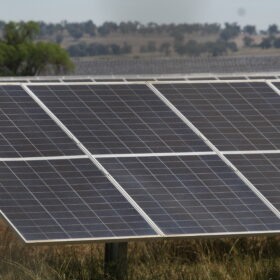Australia’s solar manufacturing future needs skilled expatriate workforce: report
A global renewable energy jobs review has found Australia could achieve a 5 GW module capacity on the back of new domestic upstream facilities but requires a $7.8 billion investment over the next decade, and initially, an expatriate workforce to achieve it.
Global average solar LCOE stood at $0.064/kWh in 2023, says IRENA
The weighted average levelised cost of electricity of utility-scale solar PV in Australia was 22% lower than the global average according to a new report published by the International Renewable Energy Agency.
IRENA says world needs 1.1 TW of renewables per year
The International Renewable Energy Agency (IRENA) released a new report on the sidelines of the Berlin Energy Transition Dialogue this week describing the actions needed so the world complies with targets set at the recent COP28 conference in the United Arab Emirates. IRENA President Francesco La Camera says renewables are the only energy sources with the speed and scale to achieve the ambitious targets set in Dubai.
The path beyond 5 TW
With the COP28 climate summit in Dubai resulting in a pledge of at least 11 TW of renewables generation capacity by 2030, Bruce Douglas, chief executive officer (CEO) of the Global Renewables Alliance (GRA), examines the outcomes of the conference and their likely impact on the solar industry.
Australia edged by China with cost of capital for utility scale PV
The International Renewable Energy Agency has released new data on the cost of capital for solar PV, onshore and offshore wind in the period between 2020 and 2021. Results show that Australia has the second lowest cost of capital in the Asia Pacific region at 4.6%, beaten out by China at 3.9%.
IRENA highlights solar critical to ASEAN energy transition
Indonesia will have to get to work installing more than 24 GW of solar this year – and every year – if the region is to achieve the 2.1 TW to 2.4 TW of photovoltaics the International Renewable Energy Agency has estimated it will require to achieve a net zero carbon energy system by 2050.
Solar power costs continued to fall in 2021, despite rising panel prices
The average global price of solar kilowatt-hours fell 13% on 2020’s prices, as around two-thirds of the renewables capacity installed last year was cheaper than the lowest-cost fossil fuel alternative.
IRENA reveals stark reality of electricity access for all by 2030
The International Renewable Energy Agency’s latest annual report on the progress towards the United Nation’s sustainable development goal seven estimates 670 million people will still lack electricity in 2030, and more than 2 billion will be reliant on unhealthy, polluting cooking methods.
Singaporean FPV firm targets offshore expansion plans
Floating PV is a growing niche in the solar sector, but its offshore segment has proven more difficult to activate, largely because of the difficulty of open-water energy generation. Nevertheless, the potential of offshore floating PV is almost unlimited, and one Singaporean firm, G8 Subsea, is looking to leave the safety of harbours and reservoirs.
Saturday read: Rapid growth becomes new normal
Despite the impact of the pandemic and associated economic crisis, 2020 saw unprecedented growth in the solar market. With the International Energy Agency stating that high rates of capacity additions are the new normal, has the energy and investment environment fundamentally changed? Felicia Jackson in London explores these issues.
